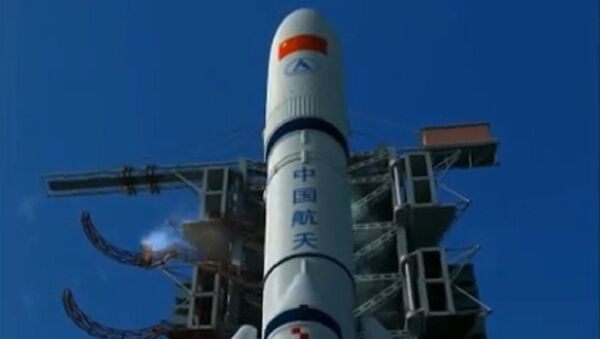The tests were conducted for more than 130 days of September last year.
The Chang'e 5 lunar probe, which will land on the moon and take samples before returning to Earth, also took part in the tests, said Li Dong, a senior designer at the China Academy of Launch Vehicle Technology and head of the Long March 5 project, newspaper China’s Daily reported.
Li said the tests were the riskiest and most sophisticated that China has ever conducted on its rockets and involved about 300 engineers.
The tests' results will be used to improve the first mass-production rocket, which will be launched in September, he added.
The Long March 5 is nearly 57 meters high, with a diameter of 5 m. “It has a liftoff weight of around 800 metric tons; it will have a maximum payload capacity of 25 metric tons in the low Earth orbit and 14 metric tons in geosynchronous transfer orbit roughly comparable to those of the United States' Delta IV and Atlas V,” China Daily wrote.
After the Long March 5 becomes operational, it will be used to launch large lunar probes and the manned space station that China plans to send into orbit around 2020.



